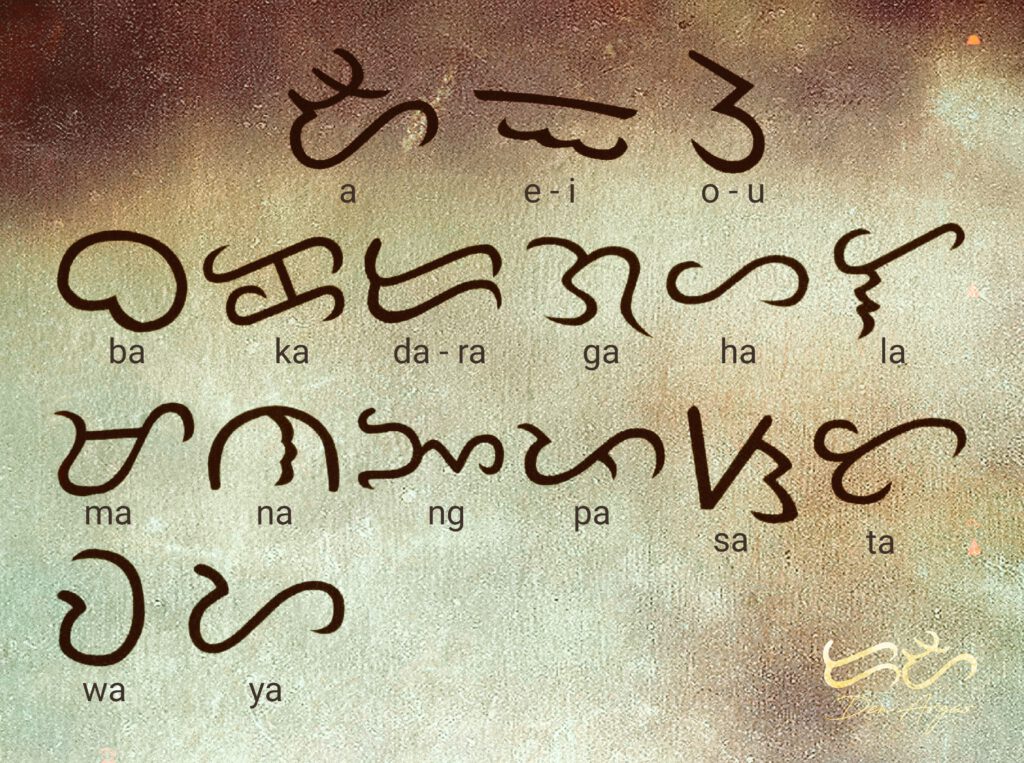What is Baybayin?
Baybayin is an ancient pre-colonial script once used across parts of the Philippines before and during the early Spanish era. Its name comes from the Tagalog word baybay, meaning “to spell” or “to write.”
Derived from the Brahmic scripts of Southeast Asia, Baybayin is an alphasyllabary with 17 characters, 14 consonants and 3 vowels, each representing a syllable. Traditionally carved into bamboo, inscribed on leaves, and stones, and read left to right, with distinct kudlit marks (,) to change vowel sounds.

The largest known collection of ancient Baybayin texts is preserved at the University of Santo Tomas Archives, a UNESCO Memory of the World nominee. More than an alphabet, Baybayin carried poetry, personal letters, and agreements, serving as a cultural lifeline for generations.
Although replaced by the Latin alphabet under Spanish rule in the 16th century, the script never vanished. Today, Baybayin is experiencing a vibrant revival as a living symbol of Filipino identity and heritage.
“Baybayin carries the timeless voice of the Filipino spirit, once silenced, hidden in history, and now revived through modern expression to speak again.“
